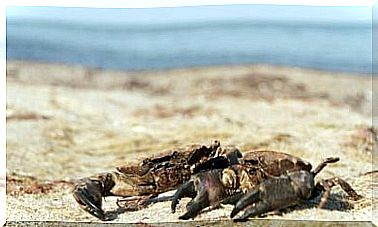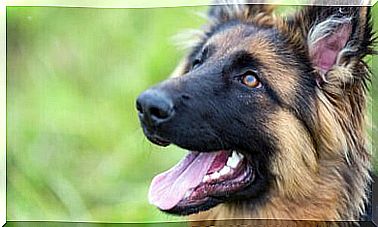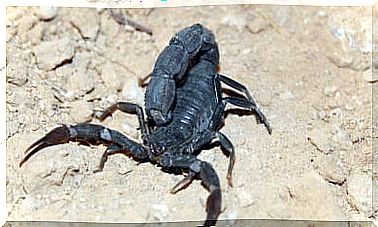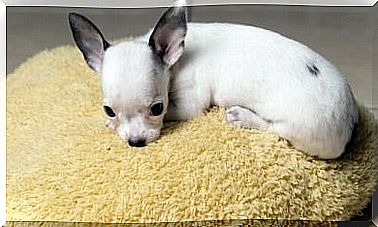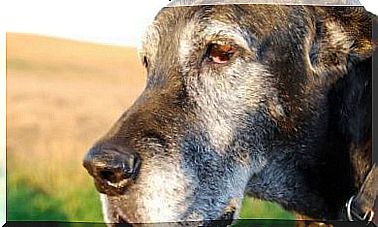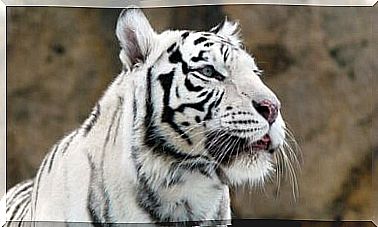Crested Gecko: Care And Characteristics
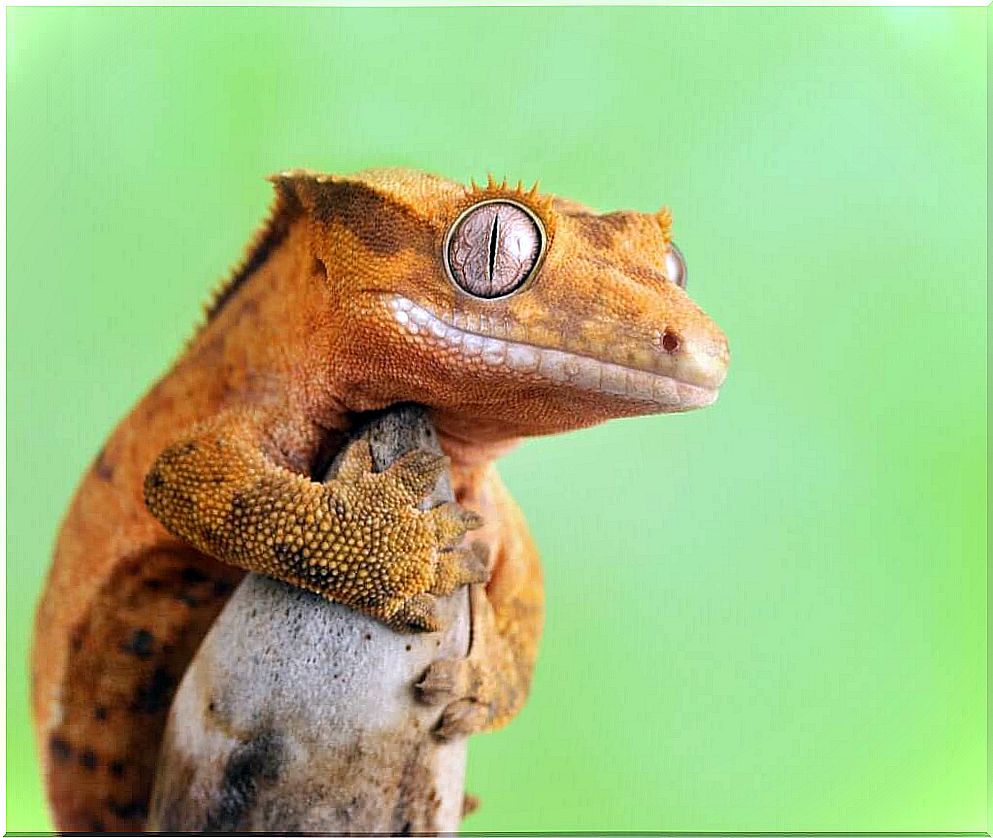
Can you imagine having a miniature dragon in your own home? Saved the proper proportions, the crested lizard ( Correlophus ciliatus) is one of the domestic animals most similar to these fascinating beings, since it is not necessary to resort to exotic reptiles of great size and danger to find fascinating lizards in nature.
Despite its small size and graceful appearance, we are facing one of the toughest reptiles in the entire terrariophy field. However, as with all exotic animals, very specific parameters are needed for their survival. Next, we’ll tell you all about the crested gecko.
Features and considerations
Before getting into the subject, it is essential to give a warning: the inclusion of this species in the CITES convention is being considered . This means that it is possible that, in the future, this reptile will be much more regulated with regard to the exotic animal market.
That’s because, according to the International Union for the Conservation of Nature (IUCN), the Crested Gecko is in a vulnerable state (VU) and its natural populations continue to decline. Therefore, it is every owner’s obligation to find a certified breeder who can guarantee that the animal was reared in captivity.

General features
The Crested Gecko ( Correlophus ciliatus) is a reptile native to New Caledonia, a French territory that includes dozens of islands in the South Pacific. Due to the latitude of this area, we are faced with a predominantly tropical climate, essential information for planning care and habitat for this gecko in captivity.
Below, we will present some characteristics of the species:
- Despite being a medium-sized reptile, it is considered one of the largest geckos, reaching about 20-22 centimeters from the nose to the tip of the tail.
- It has a triangular head with two very characteristic dorsal lateral ridges.
- This reptile is perfectly adapted to survive in nocturnal environments. Therefore, he has highly developed hearing and eyesight.
- It usually has a greenish-brown color, as it is intended to mimic the bark of trunks in nature.
In summary, we can highlight that this reptile is arboreal in nature, with nocturnal habits and a very strong temperament. Below are some guidelines you should follow to properly keep him captive.
captive care
First of all, it is necessary to emphasize that the terrarium for this type of reptile must be much taller than it is long. Crested geckos have very strong limbs with fingers ending in sticky organs – gills – and therefore love to climb and jump from branch to branch.
Thus, the ideal terrarium measurements for a couple can be 60 centimeters high by 45 centimeters in width and length. If the idea is to accommodate a trio, it is better to increase the height of the installation up to one meter, but beware: males are extremely territorial.
Their diet is made up of fruits and insects and, fortunately, specialty stores sell baby food prepared for these animals at reduced prices. Still, these meals should always be accompanied by live food – crickets, cockroaches and earthworms – because we must not forget that this lizard is a predatory animal.
Regarding environmental parameters, the crested gecko needs 60% to 80% humidity and a temperature of 18 to 28 degrees. Temperature can be easily modulated with a heating blanket and thermostat, but humidity is a slightly more complex issue.
A difficult parameter to control
In general, the humidity required for the crested gecko can be kept within these parameters using the following tips:
- A glass terrarium: although it should have adequate ventilation with strategically located metal grids, this type of glass installation accumulates moisture a little better.
- Daily water spray : the use of a water spray in the early morning and evening, in addition to simulating the gecko’s natural environment, also allows for adequate humidity parameters.
- Put lots of plants and vegetation in the terrarium.
- Using an automatic rain system: this is the most expensive option, but undoubtedly the most effective. This system is in charge of spraying the water in the terrarium automatically according to the owner’s orders.
- Place a hygrometer inside the terrarium: a moisture meter that can be easily attached to the glass. It is a very useful and inexpensive tool.
- Use a substrate at the base of the terrarium that retains moisture, such as coconut fiber.
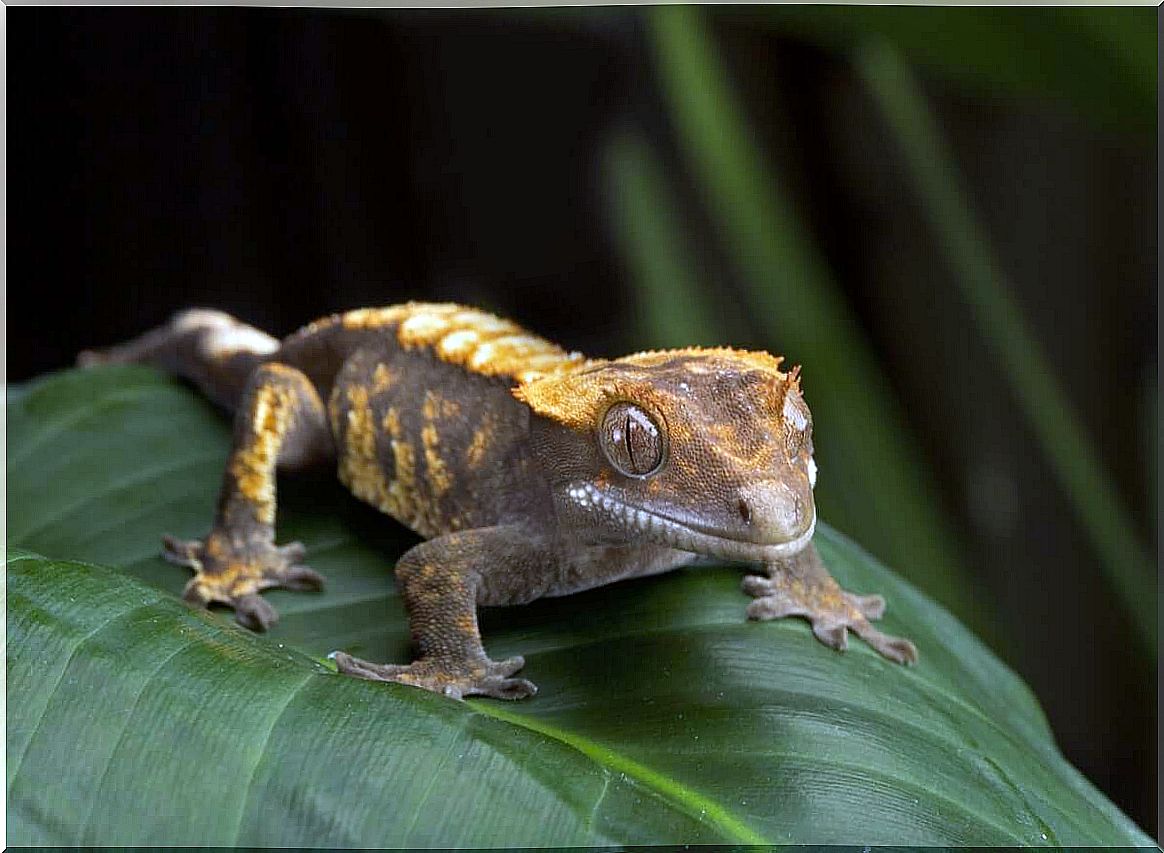
a long term investment
As seen in the previous lines, owning a crested gecko requires a significant initial investment. The terrarium, the plants, the substrate, the heating blanket, the rain system and the animal itself can easily raise the cost to around $240.
Anyway, once installed, this reptile has few requirements and its food is very cheap. If you plan your purchase well and don’t save on initial expenses, you can live with this friendly animal for up to 20 years.
